FS Colour Series: SAHARA ROSE Inspired by Agnes Martin’s Faded Nostalgia
Soft, dusty and muted pinks like SAHARA ROSE were a mainstay in the art of American minimalist artist Agnes Martin, painted in modulated, uneven textures to suggest faded memories and nostalgic longing. Martin was adept at combining simple geometric patterns like stripes, bands and grids with these muted, romantic colours – this was her way of investing the cool language of minimalism with complex, deeply felt emotions which reached high for the sublime. Reflecting on the embedded feelings inside her art, she noted, ‘Art is the concrete representation of our most subtle feelings.’
Agnes Martin was born in 1912 in Macklin, Canada, the third of four children. During the early years of World War I the family moved house numerous times, eventually making their way to Vancouver. Here Martin developed a love of the wilderness that would stay with her for life, through camping, hiking and swimming. In 1936, Martin travelled to Washington to train as a teacher. She furthered her studies as a teacher at Colombia University in 1941. During this period of study, Martin also took up classes in figure drawing, painting, later drawing and marionette production, opening up the possibilities of being an artist to her for the first time. Reflecting back years later, she remembered, ‘I thought, if you could possibly be a painter and make a living, then I would like to be a painter. That’s when I started painting.’
In 1946 Martin enrolled in a master of fine arts postgraduate program at the University of New Mexico in Albuquerque. Her surviving paintings of this period are loosely painted portraits of friends and romantic partners, painted with ambient, muted colours and a soft, limited tonal range. After graduating, Martin continued to travel, picking up several different teaching jobs along the way. She made her way towards the Teachers College at Colombia University in New York City, where she earned a masters degree in modern art in 1951. This particular period of study proved formative for Martin – while living and working in New York she encountered Abstract Expressionism for the first time.
It was during the early 1950s that Martin began making her own abstract paintings, loosely influenced by the painterly expressionism of artists including Jackson Pollock and Mark Rothko. Another key influence on Martin’s practice was the egoless, poetic spiritualism of Eastern philosophy, particularly Taoism and Zen Buddhism, and she began to search for ways to integrate calm, meditative states in her art. From the 1950s to the mid-1960s Martin’s paintings gradually moved from a loose, fluid style of abstraction towards the intricately gridded drawings that would earn her considerable success.
In Untitled, 1963, Martin toys with how a hazy and softly modulated pink backdrop appears darker when overlaid with a gridded network of crimson lines. The sensitivity of Martin’s lines is visible in tiny scattered imperfections and irregularities, which carry with them the patience and dedication of the hand that drew them. She described grids as ‘Not abstract from nature, but really abstract. It describes the subtle emotions that are beyond words, like music, you know, represents our abstract emotions.’ Made in the same year, Flower in the Wind, 1963 explores a similar language of subtlety and repetition, with dense, tightly packed marks built up by hand with the slow regularity of woven fabric. The uneven patina of soft, warm pink marks here seems innately bound to the human experience and its fleeting, fading fragility.
During the 1970s Martin made a dramatic departure from New York in a pickup truck, eventually making her way to New Mexico. She settled in the wilderness and seemed to thrive off the isolation, building an adobe hut to live in and living a modest, ascetic life. After taking a significant break from painting, she finally began working again in a new style, one built up primarily from wide strips and bands of pale, luminescent colour. Untitled 13, 1975 demonstrates this new mature phase in Martin’s art with a series of tall, soft pink columns that seem to fade as they move downwards, conveying the painfully raw sensations that were so integral to Martin’s practice.





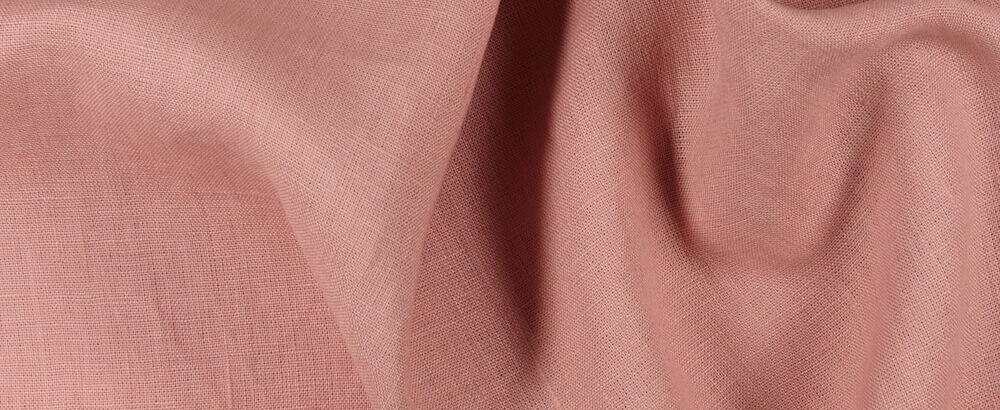
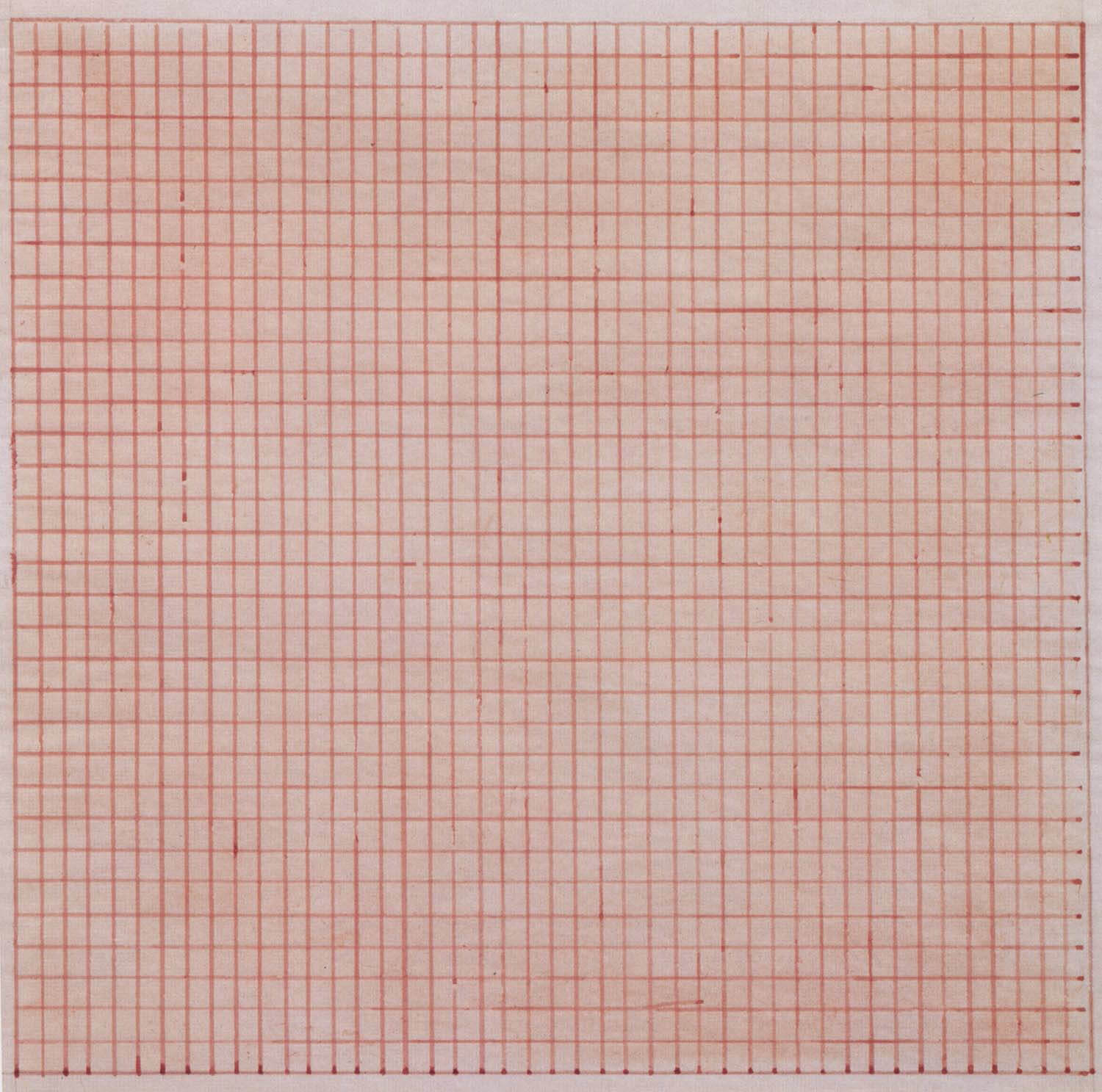
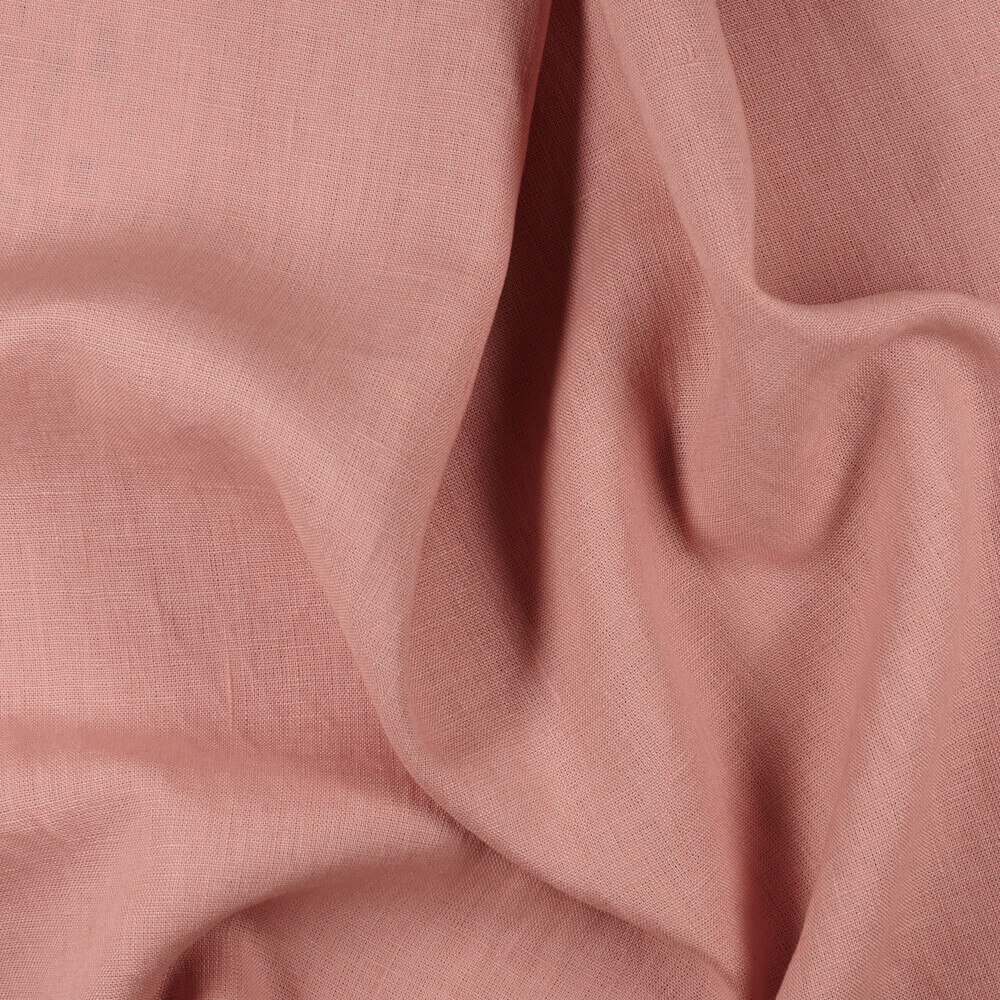
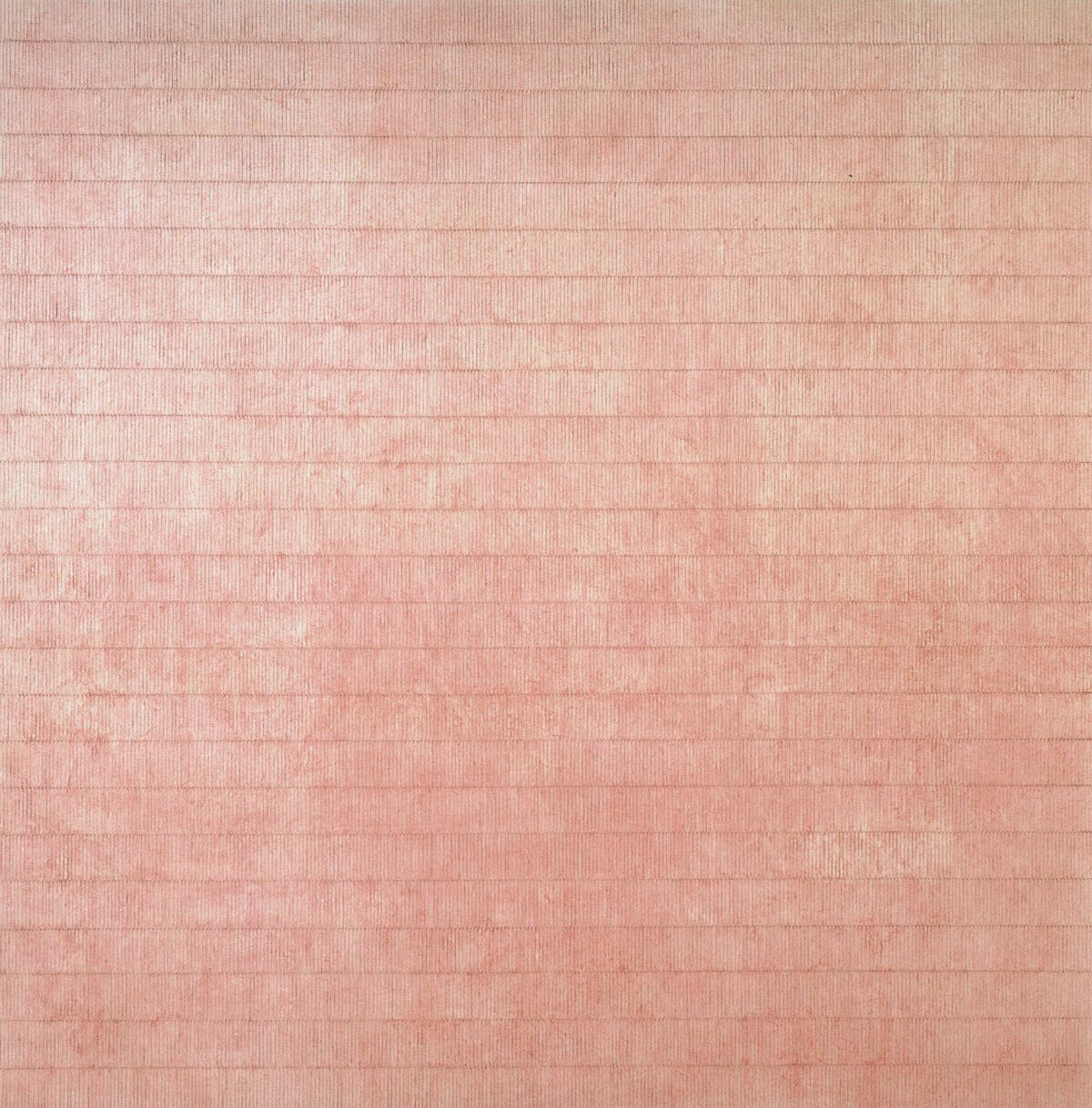
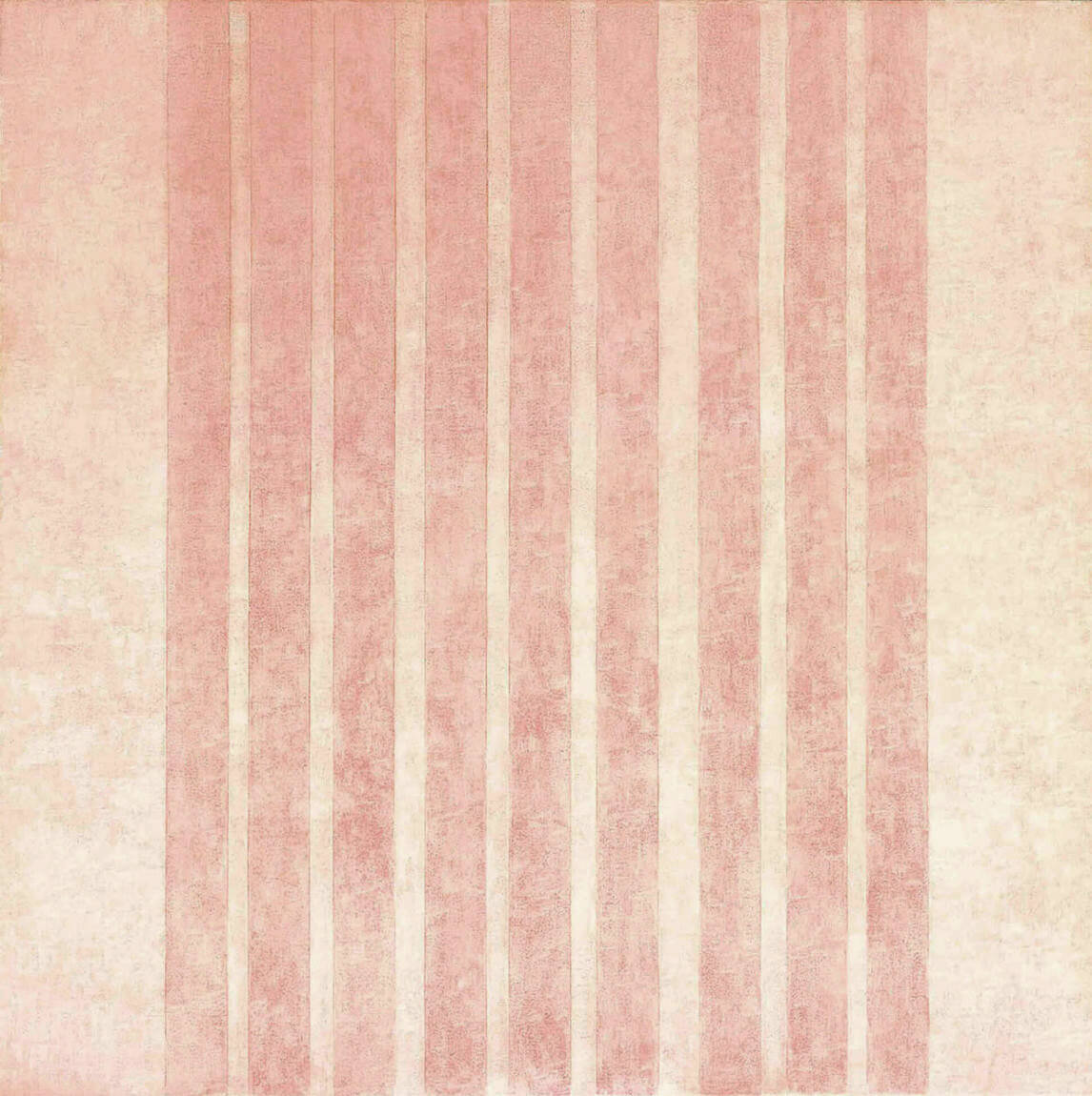




















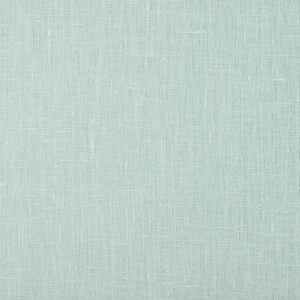


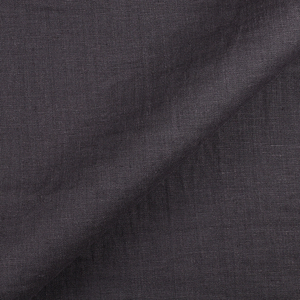



















One Comment
Cassandra Tondro
Thank you for featuring Agnes Martin’s artwork and giving us a glimpse into her history. I’ve always admired her paintings and appreciate knowing more about the meaning behind her work.